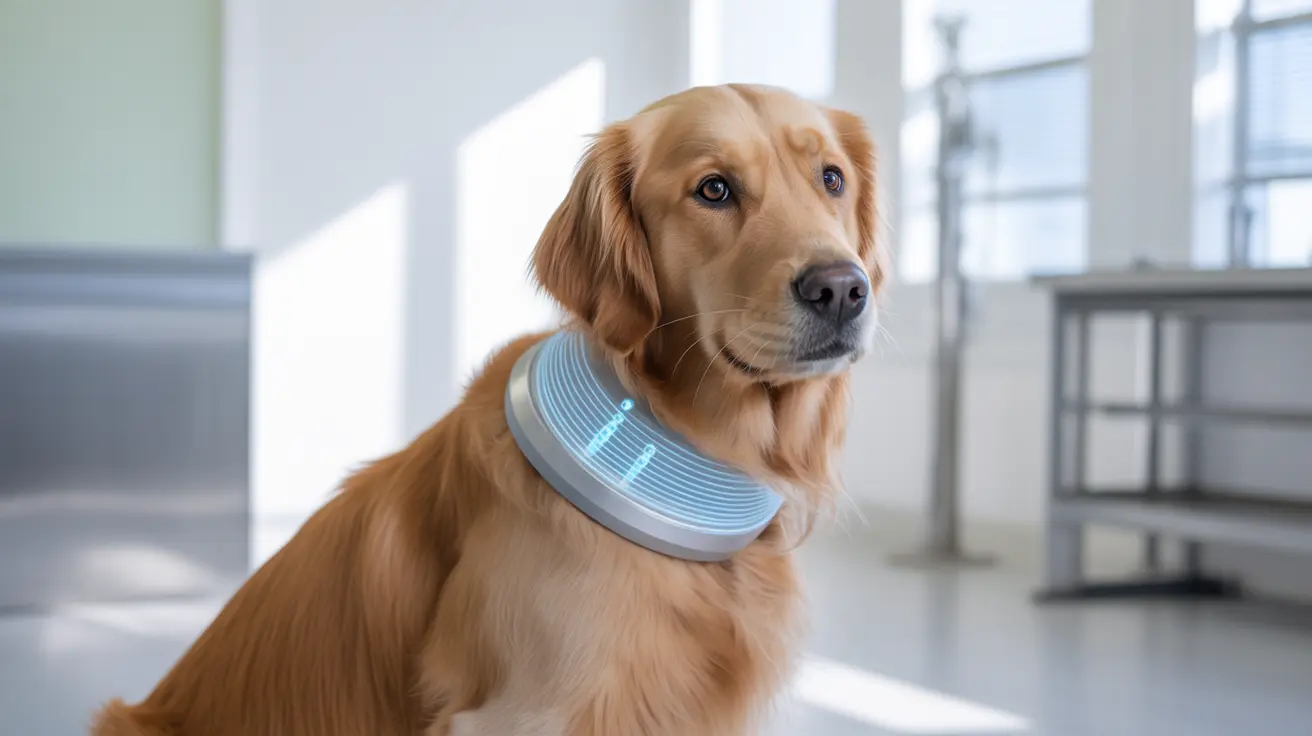Natural Ways to Help Your Dog with Interdigital Cysts
Interdigital cysts, or furuncles, are painful and recurrent nodular lesions that form between a dog’s toes. While medical treatment is often required, there are several natural approaches that can support healing and reduce discomfort. It is important to remember that these methods work best in conjunction with veterinary guidance.Understanding Interdigital Cysts
Interdigital cysts arise from inflammation and infection, often due to trauma to the hair follicles between the toes. Breeds with short, bristly hairs are most commonly affected. The lesions can contain pus, blood, or clear fluid and often rupture, causing further irritation. Dogs may limp, lick, or chew at their paws due to discomfort.Common Contributing Factors
- Short, coarse-haired breeds (e.g., Bulldogs, Boxers, Labrador Retrievers)
- Abnormal paw structure or wide webbing
- Obesity
- Allergies (food or environmental)
- External trauma from rough surfaces
- Foreign bodies like foxtails or splinters
- Demodex mite infestation
- Endocrine disorders like hypothyroidism
Natural Care Strategies
1. Keep Paws Clean and DryRegularly wash your dog’s paws, especially after walks. Use a mild antiseptic rinse or warm water. Gently pat the paws dry after cleaning. 2. Epsom Salt Soaks
Soaking the affected foot in a warm Epsom salt solution for 5–10 minutes can help reduce swelling and draw out infections. Always consult your vet before starting. 3. Weight Management
Reducing excess weight can lower pressure on your dog’s paws and reduce inflammation. Feed a balanced diet and ensure regular, gentle exercise. 4. Minimize Trauma
Avoid rough terrain and abrasive surfaces. Use protective booties on walks if necessary to reduce irritation. 5. Address Allergies Naturally
Consider an elimination diet under your vet’s guidance to identify any food sensitivities. Use natural supplements like omega-3 fatty acids to support skin health. 6. Natural Anti-Inflammatories
Speak with your veterinarian about natural options such as turmeric (curcumin), which has anti-inflammatory properties, though efficacy varies.
Supportive Measures for Long-Term Management
- Daily paw inspection to monitor for flare-ups
- Trim excess fur between toes to reduce follicle irritation
- Use hypoallergenic bedding and minimize environmental allergens
- Encourage enrichment to reduce stress-related licking
- Apply moisturizing paw balms to avoid cracks and dryness
When to Seek Veterinary Attention
While natural remedies help support healing and prevent recurrence, they are often not enough to resolve interdigital cysts fully. If lesions persist, worsen, or cause significant pain, consult your veterinarian. They may recommend antibiotics, anti-inflammatory medications, or allergy testing. In severe cases, surgery might be necessary.Preventive Tips
- Regular grooming and paw cleaning
- Routine vet checkups, especially for at-risk breeds
- Manage allergies early and consistently
- Avoid walking on rough or wet terrain without protection





